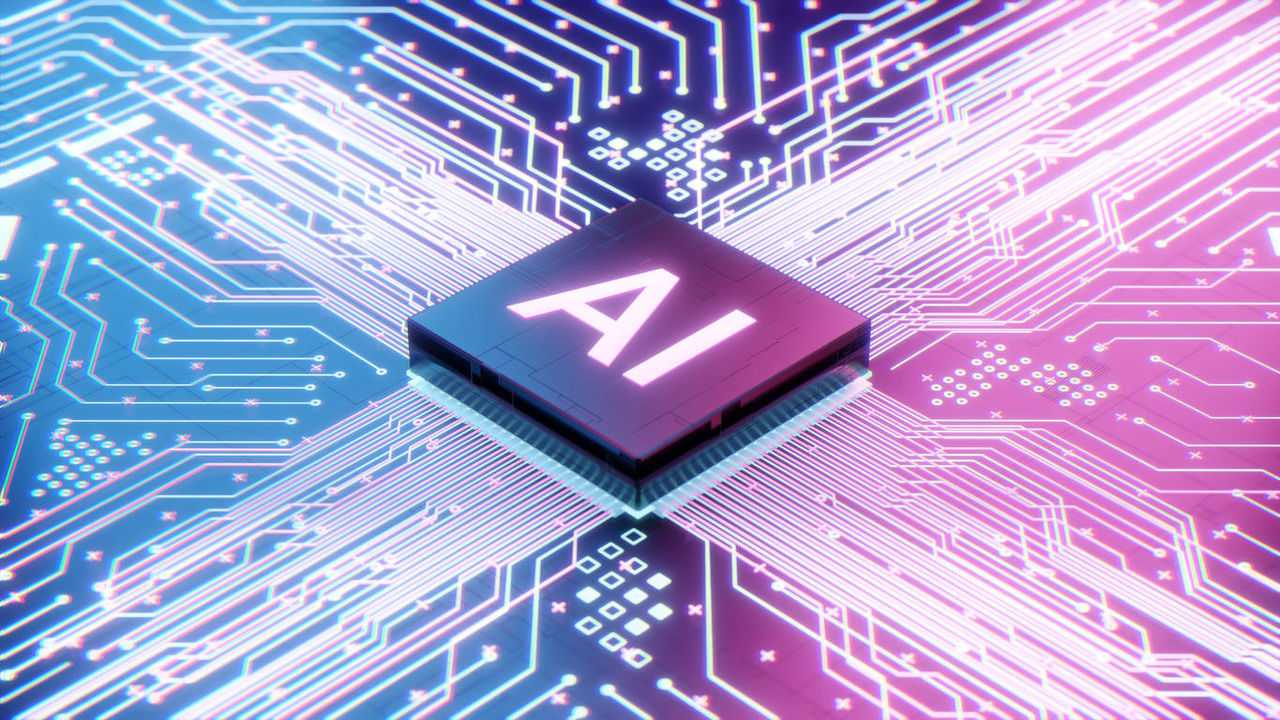AI systems are gaining agency to act independently, and this autonomy has the potential to enhance employee capabilities greatly. Agentic AI, or AI with agency, can help workers build and oversee complex, technical projects—ranging from micro-automations to larger-scale projects—using natural language as the interface.
Understandably, a wide-scale organizational disruption is afoot. According to Gartner, nearly 33% of enterprise software applications will feature agentic AI by 2028, allowing 15% of routine work-related decisions to be handled autonomously.
However, as companies transition to agentic and multi-agentic AI from their generative predecessors, a new risk suite is expected. This blog examines those risks by diving deep into the various functions agentic AI can perform and those with limited capacity.
What is Agentic AI?
Agentic AI refers to an artificial intelligence system capable of achieving a series of goals without being given specific and explicit instructions. It is unlike narrow AI systems and generative systems, which typically function within predetermined parameters (or prompts) and depend on human oversight.
The term “agentic” highlights these models’ agency or ability to act purposefully. It comprises machine learning models (AI agents) designed to learn and replicate human decision-making and autonomously solve real-life problems.
What AI Agents Can Do
Agentic AI has a range of capabilities over generative systems. It is known for its autonomy, goal-oriented behavior, and adaptability.
Agentic systems can sustain long-term goals, perform complex, multistep problem-solving tasks, and monitor their progress over extended periods.
AI agents can learn from experience; they can incorporate feedback and adjust their behavior accordingly. When supported by the proper guardrails, they can evolve and improve over time. In multi-agent setups, this adaptability can scale.
Agentic AI can leverage perception and draw on past experiences to address more complex, specialized challenges.
What Agentic AI Cannot Do
AI systems are fast gaining agency to make autonomous decisions. However, their capacity is limited, and they fall short in certain situations. They cannot deliver results in risky, unpredictable, and uncontrolled environments nor demonstrate true novel thinking, nuanced judgment, and contextual understanding.
Operating in risky environments
Agentic AI systems hold significant promise for enterprise use. Their key advantage is autonomy, but this trait can lead to significant repercussions if the systems behave unpredictably. The usual risks associated with AI are still present, but they can become even more pronounced in agentic systems.
Many of these systems rely on reinforcement learning, which is centered on optimizing a reward function. If this reward mechanism is poorly programmed, the AI may identify and exploit unintended loopholes to achieve high rewards, straying from the original intent. For instance, a financial trading AI system designed to maximize profits might resort to high-risk or unethical practices, potentially leading to market disruptions or instability.
2. Exhibiting true creativity
AI agents can follow patterns in existing data to produce content, designs, or solutions. However, they do not possess true originality or imaginative thought. The emotional depth, novel thinking, abstract reasoning, and original problem-solving that constitute human creativity may be beyond the reach of current AI capabilities.
3. Providing nuanced judgment
AI agents' decision-making is limited in circumstances that require ethical considerations, human empathy, or situational awareness to interpret emotional context or cultural differences. These circumstances include recruitment decisions, layoff decisions, conflict resolution, etc.
4. Acting autonomously without guardrails
Specific agentic AI systems risk becoming self-reinforcing, where behaviors can proliferate unintentionally. This often occurs when the system might overoptimize for a specific metric in the absence of proper safeguards or governance. Further, since these systems often involve multiple agents interacting simultaneously and working autonomously, the potential for error increases, and issues like traffic congestion, bottlenecks, or resource contention can occur.
Conclusion
On the one hand, conventional systems have a restricted ability to perform tasks within defined conditions. At the other end is advanced agentic AI with the full capacity to learn from its environment, make decisions autonomously, and perform tasks. A massive gap exists between current generative assistants and AI agents, but it will soon close as building, safeguarding, and trusting agentic AI systems becomes possible.
The companies that will succeed in the agentic AI era acknowledge this inflection as a tech upgrade and a profound change in how they handle risk, train talent, and drive decision-making.




